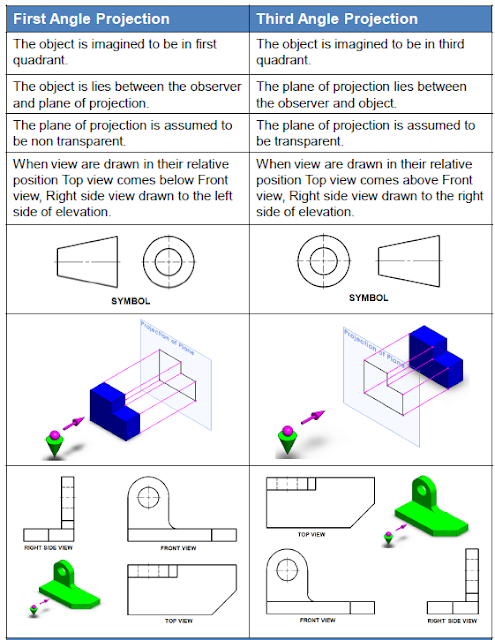For an engine needs to work it requires energy from fuel, whether it may be petrol, diesel or any other alternative fuels. Electronic fuel injection is a kind of fuel delivery system or feeding of fuel to the engine in a electronically controlled environment.
It is similar to a computerized delivery of fuel supply to the engine. A computer here in the sense is a small micro controller (a microprocessor and a control unit).
Microcontroller is a hardware device which is controlled by a microprocessor. This setup is similar to a washing machine where a user sets a washing program and the entire wash cycle takes place automatically as per the predefined program.
An electronic fuel injection is similar to the washing machine but here it delivers the fuel into the engine as per the engine requirement Many may raise a question why we use an electronic fuel injection rather than using a conventional system like carburetor (petrol engines) or fuel pump with injectors (in diesel engines).
Conventional systems which we are using so far can be suitable only for ideal conditions. A carburettor or a fuel injection pump works only according to an appropriate setting for delivering fuel correctly. This setting is a fixed and it cannot adapt itself to the outside weather and environmental conditions and many other factors.
One best example is starting a bike or car in cold weather is a hard job, A carburetor fitted bike cannot start easily and manually we use choke to induce more fuel into the engine for getting started. The cars without EFI system use heater plugs to warm up the engine before getting started.
A bike equipped with fuel injection system do not get this problem. The electronic fuel injection system gathers all the details from sensors of outside world such as weather, environmental conditions which includes engine temperature, atmospheric pressure, air intake temperature etc.
The microprocessor is already programmed with some predefined set of algorithms and all the above factors are monitored constantly. So the system predicts how much fuel and air has to be delivered into the engine for a given condition to get optimum performance and efficiency. The microprocessor takes care and controls the fuel delivery here. So when the engine gets cold or the atmospheric pressure is low (in mountains) the microprocessor senses it and delivers the fuel according to it.
During high speeds the conventional systems lacks efficiency. For example riding sane at economical speed delivers good mileage of 45-50 kmpl for Honda Unicorn and while riding at 90km/hr returns only a max of 35 kmpl.
A bike equipped with fuel injection system provides hassle free rides with a constant mileage, No starting problem, better mileage and good acceleration (pick-up) and performance remains unchanged whether you are driving in mountains or hot plains, more power output, no tuning for most modifications, smoother running, doesn't require a manually operated "choke" and very emissions friendly. It also prevents knocking and pre ignition.
Honda patents its electronic fuel injection system as PGM-fi (programmed fuel injection).
Fuel Injection Cons:
- Requires more wiring, fuel line, and parts.
- Needs expert supervision to configure it. An ordinary mechanic cannot fix it.
- Requires a fuel pump.
- More expensive.





















